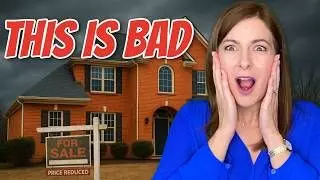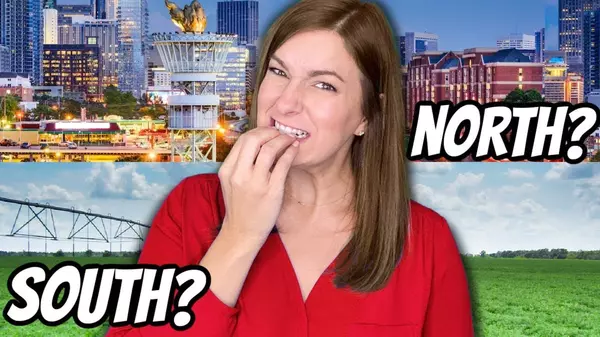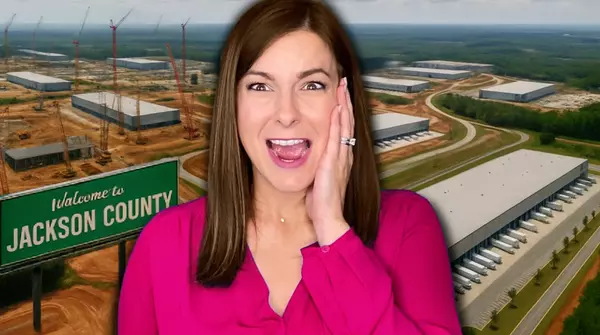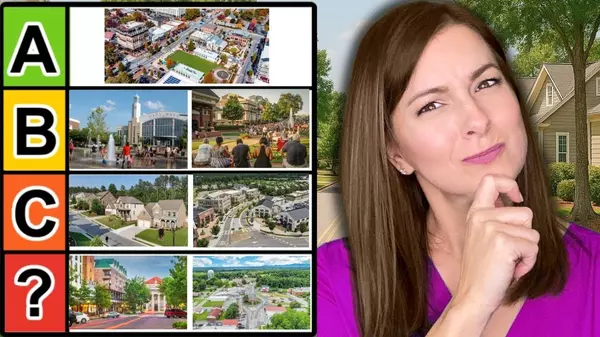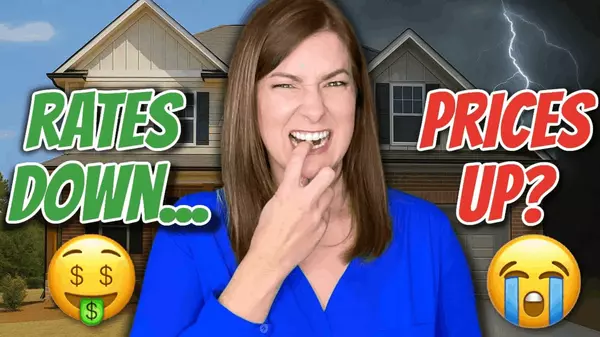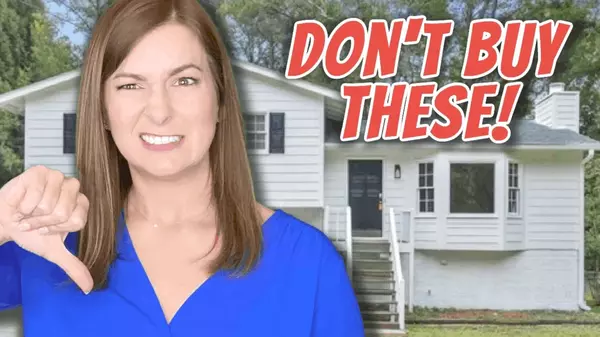NEVER Buy These Types of Homes in Georgia
What if the home you’re about to buy is the one nobody else will want?
That’s a real risk here in Georgia—and I’ve seen it happen more times than I can count. After touring thousands of homes across Metro Atlanta and North Georgia, I’ve learned that some properties come with red flags that can quietly drain your wallet and cause major resale headaches down the road.
Let’s talk about the types of homes I’d never recommend buying (at least not without some serious caution).
1. Aging Roofs and Outdated Systems
Roofs, HVAC units, and water heaters are the sneaky budget killers most buyers overlook.
Many homes around Metro Atlanta were built in the 1990s and early 2000s, which means their systems are all reaching the end of their lifespan at the same time. A roof replacement can cost $15,000–$30,000, and HVAC systems often fail right after you move in (it’s like they just know).
When I’m touring with clients, I always check the unit’s age and review the seller’s disclosures. Outdated systems aren’t just costly—they’re inefficient, drive up your utility bills, and can hurt resale value later.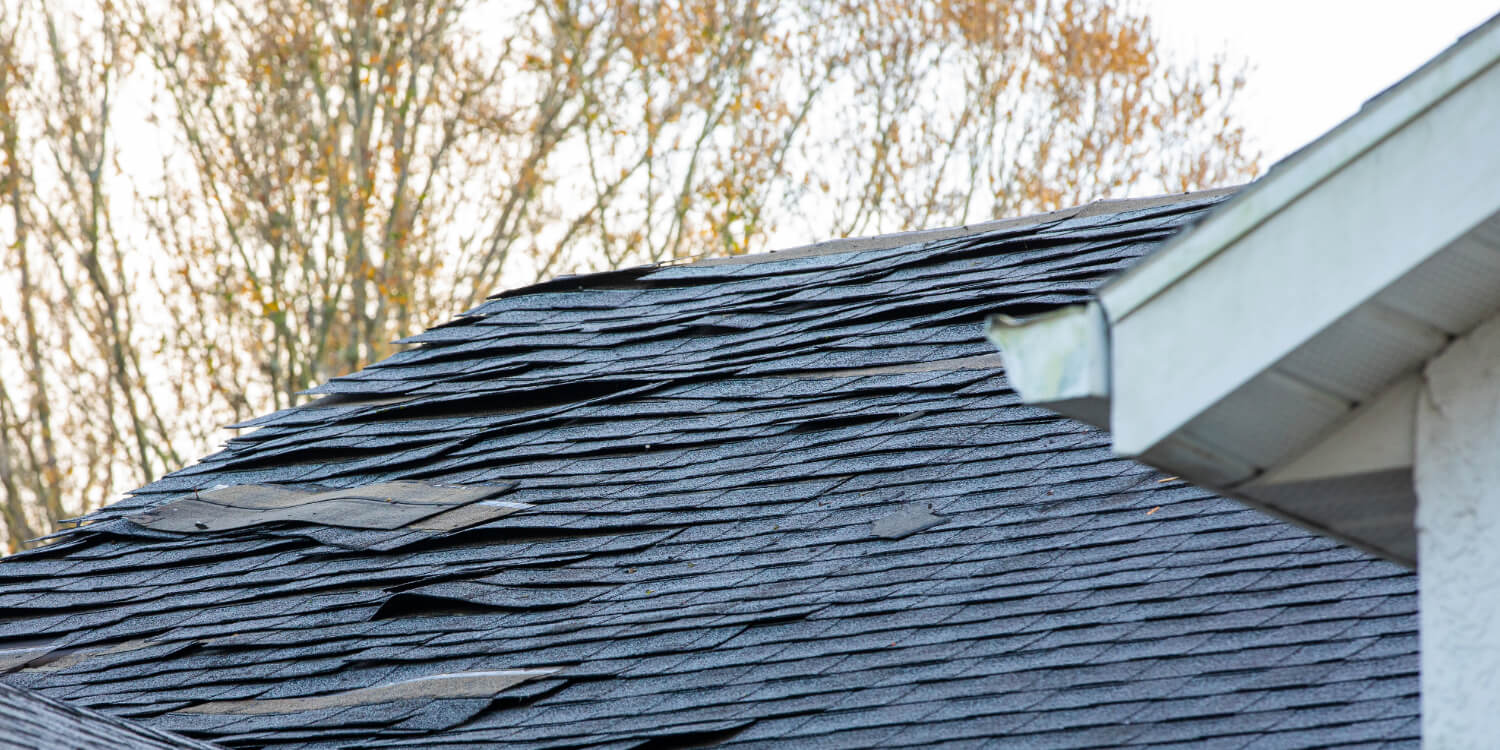
Pro tip: If you fall in love with an older home, ask for a home warranty or start setting aside a savings cushion for inevitable replacements.
2. Steep Driveways (They’re Common Here)
Georgia’s rolling hills make for beautiful views—but tricky driveways.
Steep or sloped driveways are common in North Metro areas, especially near the foothills. They can make everyday tasks frustrating: cars bottoming out, kids unable to ride bikes safely, or hauling groceries up a hill that feels like a workout.
Buyers often rule these homes out instantly, and that hurts your resale value later. If the driveway doesn’t have a flat turnaround area, think twice before signing that contract.
3. Wood or LP Siding on Older Homes
If you’re buying in established towns like Lawrenceville, Roswell, Duluth, or Marietta, watch out for homes built in the 1970s–1990s with wood or LP siding.
Our hot, humid Georgia climate is brutal on wood—it warps, rots, and attracts termites. Even if the siding looks charming, you’ll likely need to repaint or reseal it every few years, costing thousands each time.
LP siding, used in the late ’80s and ’90s, looks similar to fiber cement but deteriorates quickly in moisture. You can often identify it by touching it—if it feels soft or brittle, it’s likely time for replacement.
Insurance companies may even charge higher premiums for these materials due to increased fire and pest risks.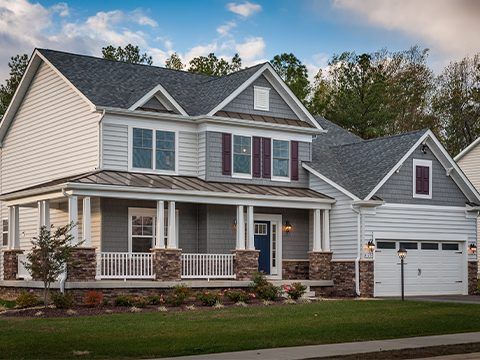
4. Polybutylene Plumbing (The Quiet Leak Waiting to Happen)
Homes built between 1978 and the mid-’90s often used polybutylene pipes, a cheaper alternative to copper that didn’t age well.
These pipes react poorly to city water chemicals and can fail without warning. Many insurance companies won’t even cover homes that still have them.
If the seller’s disclosure doesn’t mention plumbing updates, have your inspector check. Re-piping usually costs $3,000–$4,000, depending on the home size—and it’s often worth negotiating that cost with the seller.
5. Decks at the End of Their Life
If a home has a basement, chances are it has a deck—and not all of them are built to last.
I’ve seen decks that look beautiful from above but are a code nightmare underneath: loose boards, rotting supports, or improper footings. When the underside is covered with “under-decking,” you can’t even see the structure to know if it’s safe.
A full deck replacement can cost $20,000–$30,000, so it’s worth having an inspector or contractor look closely before you fall in love with that outdoor view.
6. Split-Level Homes
They can be charming and affordable, but they’re not for everyone.
Split-levels usually mean stairs the second you walk through the door—up to the living area or down to a basement level. For families with young kids, older parents, or mobility issues, that’s a deal breaker.
While they offer good space and flexibility for multigenerational families, split-levels attract a smaller pool of buyers when it’s time to sell, which can limit your resale potential.
7. Flipped or iBuyer Homes
New paint, shiny floors, and modern lighting don’t always tell the full story.
iBuyer listings and quick flips often get surface-level makeovers—what I like to call lipstick on a pig. The real issues (roofing, plumbing, foundation) are usually untouched.
That’s why I always recommend hiring a thorough home inspector with thermal cameras to catch what’s hidden behind the walls. There are some quality flips out there, but most are rushed, poorly designed, or hiding expensive problems.
8. Useless or Exposed Backyards
Even million-dollar homes can have disappointing yards.
Steep slopes, no privacy, or tiny courtyards might not seem like deal breakers until you realize how much they impact daily living—and resale. Families paying top dollar expect usable outdoor space.
If you find a home with an amazing interior but a backyard that feels like a cliff or a fishbowl, think about your long-term enjoyment (and your buyer’s future first impression).
9. Location Red Flags You Can’t Fix
Some things you can renovate—location isn’t one of them.
Always check what’s around the home:
-
High-voltage power lines
-
Retention ponds
-
Busy roads
-
Farms or industrial sites nearby (yes, even chicken farms—you’ll smell them before you see them)
The wrong surroundings can instantly drop your home’s value and quality of life.
The Bottom Line
Buying a home in Georgia isn’t about avoiding every flaw—it’s about knowing which ones matter most.
With the right local team, you can spot these red flags early and make smart, confident decisions that protect your investment.
Thinking about buying a home in North Georgia? My team and I would love to guide you.
We know the neighborhoods, the hidden pitfalls, and how to help you find a home that’s built to last.
People Also Ask
What’s the most common home issue in Georgia?
Outdated roofs and HVAC systems are the biggest money drains, especially in homes built before 2005.
Is buying a flipped home worth it?
Sometimes—but only if the updates go deeper than cosmetics. Always hire a trusted inspector.
What neighborhoods are least likely to have wood siding?
Newer construction in areas like Alpharetta, Gainesville, and Buford tend to feature cement or brick siding, which holds up much better in Georgia’s climate.
Categories
- All Blogs (195)
- 55+ Community (5)
- Alpharetta (10)
- Atlanta (17)
- Braselton (3)
- Buford (9)
- Cumming (9)
- Dacula (1)
- Dawsonville (2)
- Duluth (3)
- Florida (4)
- Flowery Branch (4)
- Gainesville (14)
- Georgia (49)
- Grayson (1)
- Home Buyer (1)
- Homeowners (1)
- Hoschton (1)
- Housing Market (3)
- Jefferson (2)
- Johns Creek (4)
- Lake Hartwell (1)
- Lake Lanier (16)
- Lawrenceville (3)
- Loganville (1)
- Metro Atlanta (14)
- Milton (1)
- Monroe (1)
- New Construction (6)
- North Georgia (3)
- Real Estate Market (9)
- Snellville (1)
- Sugar Hill (2)
- Suwanee (5)
- Townhomes vs Houses (1)
- Townhouse (1)
- YouTube Resources for Agents (1)
Recent Posts
